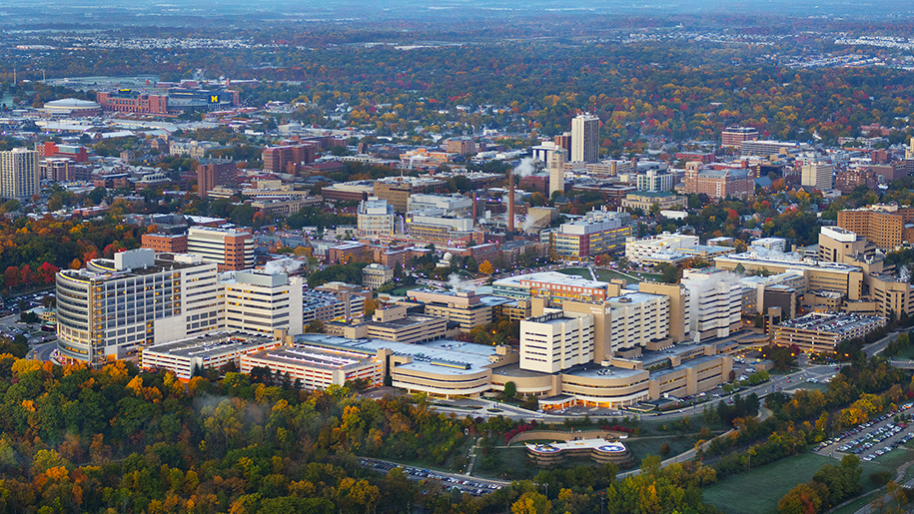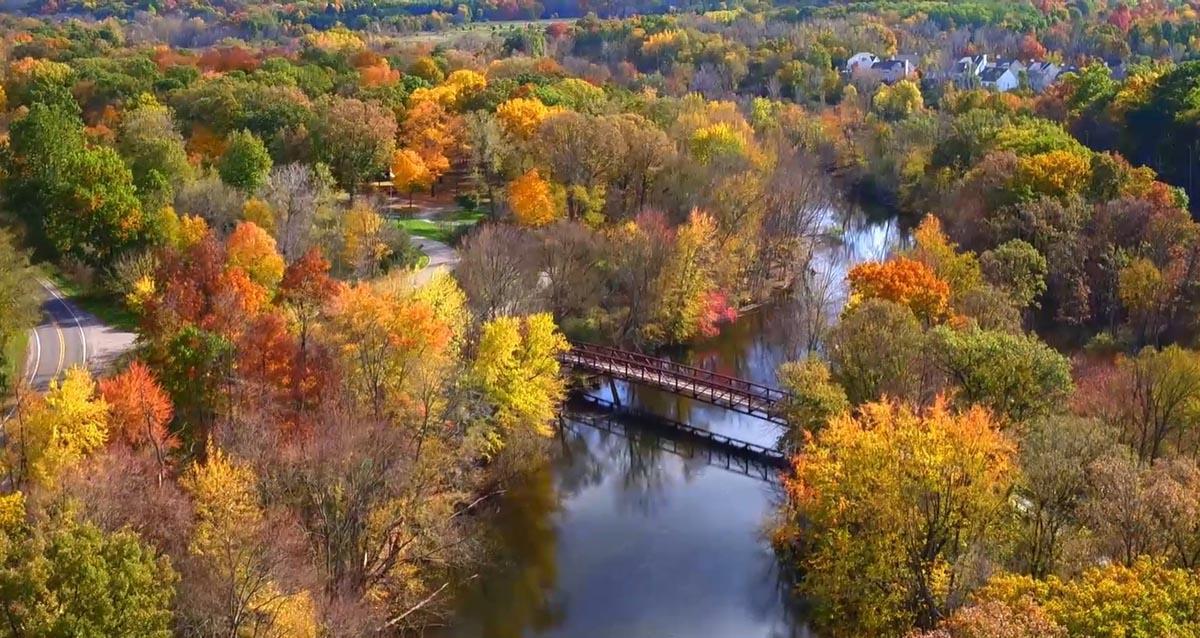
Short Summary
Ann Arbor, a city west of Detroit in Washtenaw County, has a population of nearly 121,000. The city is known for the University of Michigan and its research programs, which largely shapes Ann Arbor’s economy as the university employs 30,000 workers. Ann Arbor values its urban and community forest and residents have nicknamed the city “Tree Town.” The city-managed forest, including street trees and areas of parks, provides nearly $4.6 million in benefits annually. According to the city’s urban tree canopy assessment conducted in 2010, Ann Arbor has 33% canopy coverage. Ann Arbor has a typical Midwestern humid continental climate with four distinct seasons. The climate is influenced by the Great Lakes and the area experiences lake effect weather, primarily resulting in more cloudiness in the late fall and early winter. Understanding tree species vulnerability and key climate change impacts is critical in implementing adaptive management strategies for years to come.
Tree Species Vulnerability
Species distribution modeling suggests that the changing climate will shift suitable habitat and heat and hardiness zones for various tree species in the Ann Arbor region. In the tree species list identified for Ann Arbor, 21 species have a low adaptability score, 72 species have a medium adaptability score, and 48 species have a high adaptability score. Climate change vulnerability of urban trees, including adaptive capacity and zone suitability under low and high emissions scenarios, is outlined in the tree species handout below.


Climate Change Impacts
In 2020 Ann Arbor adopted its “A2Zero” $1 billion climate action plan. The city aims to reach carbon neutrality by 2030 via renewables and also declared a climate emergency in November 2019. In the Great Lakes Region, temperature has increased by 2.3°F from 1951-2017, while the frost free season increased by 16 days in the same time period. Total precipitation has increased by 14% while heavy precipitation events have increased by 35%. The average air temperatures are projected to increase up to 6°F by 2050, and by up to 11°F by 2100. Precipitation projections indicate more precipitation on average, but summers are projected to be drier. The trend of increased frequency and intensity of storms is projected to continue and become more pronounced. Increased drought, flooding, and extreme storms may increase the risk of erosion, sewage overflow, flood damage, and interfere with transportation.
Adaptation Demonstrations
Featured Resources
Work With Us
To learn more about this project, contact Leslie.

